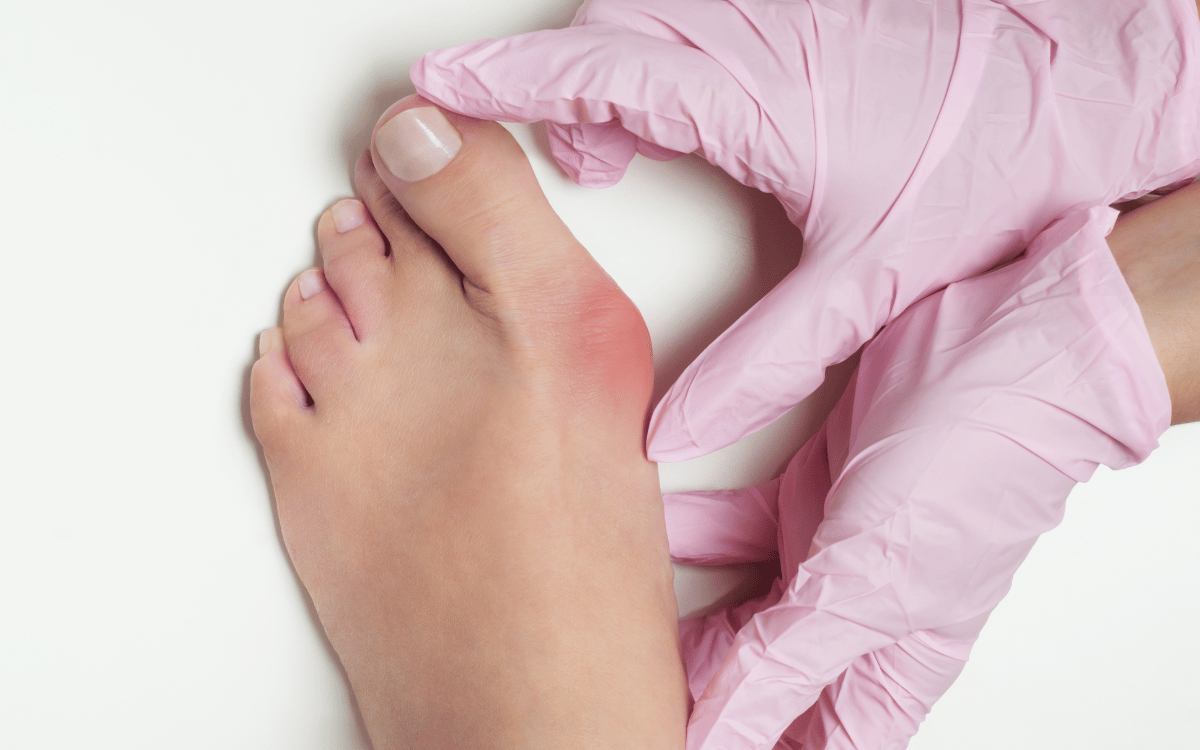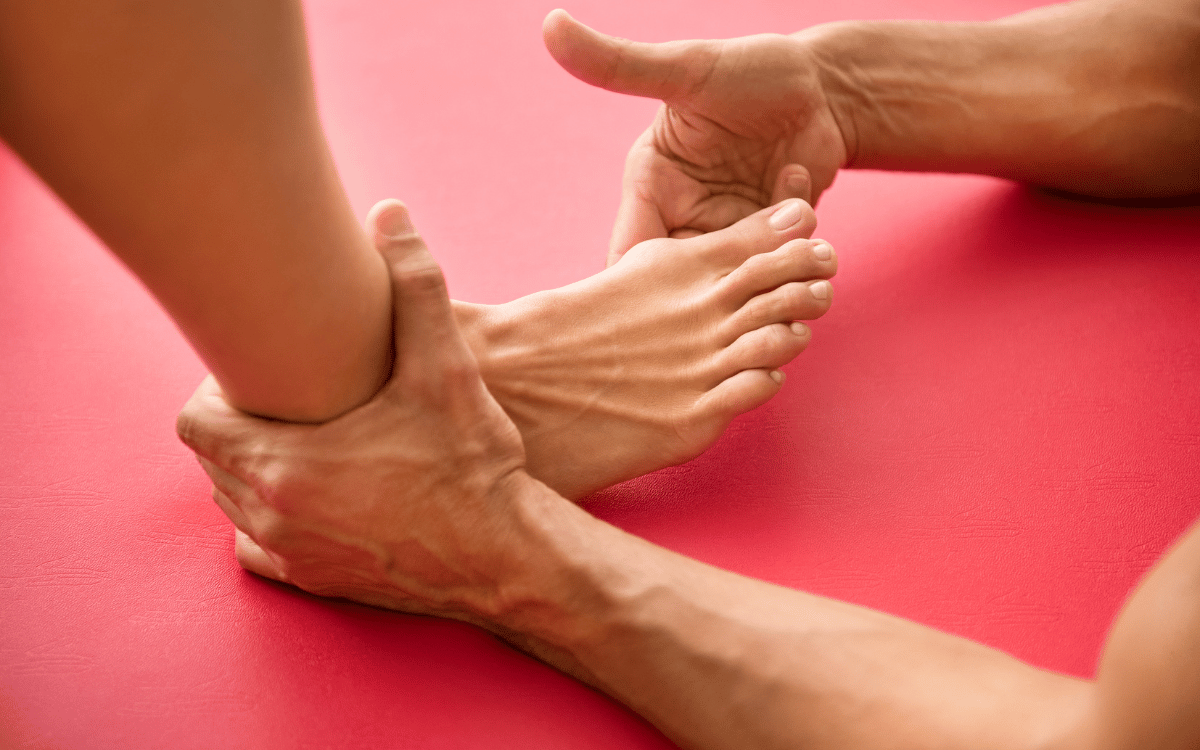Do you have foot pain? Wear orthotics? Or have a bunion?
Here’s a great natural treatment that you might not have heard of.
Foot Mobilisation Therapy (FMT) is a technique that improves the function and alignment of the foot through gentle mobilisation in conjunction with exercises. Treatment is tailored to the patient, depending on the level of care needed. Unlike other treatments, FMT does not prescribe a patient’s footwear. It allows freedom of choice when it comes to shoes and to activity, and it improves quality of life. Foot mobilisation addresses the cause of the issue and helps to make the patient self-sufficient in the long term.
The practice of FMT is a specifically developed form of manual therapy aimed at improving your foot and leg functionality. FMT targets joints of your foot and ankle, which may be stiff, poorly aligned or dysfunctional, and aims to restore the way they work gradually. This is achieved via a series of hands-on treatment sessions in conjunction with a specific exercise regime that we prescribe for you. Foot mobilisation therapy can be used for most types of foot pain or foot issues such as foot pain, heel pain, bunions, Achilles tendonitis, plantar fasciitis, ball of foot pain, morton’s neuroma and clawed digits without having to use orthotics.
Benefits of FMT
Orthotics can be a valid treatment in a number of cases but they do have their limitations, which can cause frustration. FMT has a number of points in its favour:
-
-
-
Wear all of your fashionable shoes without pain
The most common complaint that we hear at our podiatry clinic is, ‘I can’t fit my orthotics in any of my shoes’. Orthotics need to be worn most of the time, but are often not, which is a waste of time and money. With FMT, it does not matter what shoe you wear because the changes occur intrinsically in your foot, so there is no need for a bulky device in your shoe.
-
Foot mobilisation is corrective
Foot mobilisation actually changes the alignment of the structures of your foot. We then strengthen the muscles of your foot to support these long-term and corrective changes. Foot mobilisation practitioners regularly take before and after X-rays and can actually measure the changes in the structure of your feet. Unfortunately, other options such as orthotics or supportive footwear are accommodative, which means that when you stop wearing them, your foot will revert to its pre-treatment condition. These treatments can be very effective, but they need to be worn most of the time.
-
Foot mobilisation can fix conditions where surgery is normally needed.
The two main conditions that come to mind are bunions and hammertoes/clawed toes. Orthotics cannot help these conditions as they are not corrective and do not change the alignment of the joints. Foot mobilisation gently guides these joints back into position, and then strengthens the muscles that affect these areas. As a result, the bunion or hammertoe will get better even after the corrective phase of treatment is over.
-
-
As a special offer to clients of Kinetic Health Care we are happy to offer a free assessment if you would like to find out more about foot mobilisation and getting out of your orthotics. This offer is only valid for the next month and the first 5 people to make a booking.
Contact us to book an appointment or call our Sydney CBD clinic on 02 8072 7278 or Manly Vale clinic on (02) 8966 9300!



